Introduction
Ginkgo nuts, derived from the ancient Ginkgo biloba tree, have been cherished for centuries in culinary and medicinal traditions. When cooked, these nuts develop a buttery texture and a subtle, slightly sweet flavor that makes them a versatile ingredient in dishes ranging from soups to desserts. However, preserving cooked ginkgo nuts properly is crucial to maintain their taste, texture, and nutritional value. Improper storage can lead to spoilage, loss of flavor, or even health risks due to microbial growth. This guide explores scientific principles, practical methods, and expert tips to ensure your cooked ginkgo nuts remain fresh, safe, and delicious for extended periods.
Understanding the Basics of Cooked Ginkgo Nut Preservation
Cooked ginkgo nuts are perishable due to their moisture content and nutrient profile, which microorganisms like bacteria and molds thrive on. The preservation process must address three key factors:
- Moisture Control: Excess moisture accelerates spoilage.
- Temperature Regulation: Bacterial growth slows at low temperatures.
- Oxygen Exposure: Oxidation and aerobic microbes degrade quality.
Post-Cooking Preparation: Cooling and Drying
Before storage, cooked ginkgo nuts must be cooled and dried thoroughly:
- Immediate Cooling: Spread the nuts in a single layer on a baking sheet or tray. Avoid stacking, as this traps heat and steam.
- Pat Dry: Use paper towels to gently blot residual moisture. Excess oil from cooking should also be removed to prevent rancidity.
- Room Temperature Transition: Allow nuts to reach ambient temperature (20–25°C/68–77°F) to prevent condensation inside storage containers.
Refrigeration: Short-Term Storage (Up to 1 Week)
Refrigeration is ideal for preserving freshness for up to seven days:
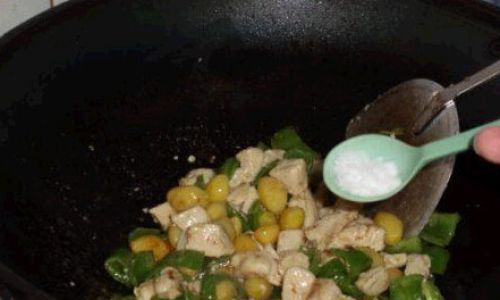
- Airtight Containers: Use glass or BPA-free plastic containers with tight-fitting lids. Avoid metal, as it may react with the nuts’ natural compounds.
- Layering: Place parchment paper between layers to prevent sticking.
- Temperature Zone: Maintain the refrigerator at 4°C (39°F) or below. Avoid storing near strong-smelling foods, as ginkgo nuts absorb odors easily.
Freezing: Long-Term Storage (Up to 6 Months)
Freezing extends shelf life significantly but requires careful preparation:
- Pre-Freezing: Arrange cooled nuts on a tray and freeze uncovered for 2–3 hours to prevent clumping.
- Vacuum Sealing: Use vacuum-sealed bags to minimize oxygen exposure. If unavailable, double-wrap in freezer-safe plastic wrap followed by aluminum foil.
- Portion Control: Divide nuts into meal-sized portions to avoid repeated thawing and refreezing.
- Freezer Temperature: Set to -18°C (0°F) or lower. Label containers with the date to track freshness.
Dehydration: Dry Storage for Pantry Shelves
Dehydrating cooked ginkgo nuts removes moisture for shelf-stable preservation:
- Oven Drying: Preheat to 60°C (140°F). Spread nuts on a baking sheet and dry for 4–6 hours, stirring occasionally.
- Food Dehydrator: Use at 55–60°C (131–140°F) for 6–8 hours until crisp.
- Storage: Store dried nuts in airtight glass jars in a cool, dark pantry. Add a silica gel packet to absorb residual moisture.
Oil Infusion: Flavorful Preservation
Infusing cooked ginkgo nuts in oil adds flavor while inhibiting spoilage:
- Neutral Oils: Use grape seed, sunflower, or rice bran oil. Avoid olive oil, which solidifies in the fridge.
- Method: Submerge cooled nuts in oil (1:2 nut-to-oil ratio) in a sterilized jar. Store in the refrigerator for up to 3 months.
- Uses: Drain and use the nuts in salads, or drizzle the infused oil over dishes.
Vacuum Packaging: Commercial-Grade Preservation
Vacuum sealing removes oxygen, drastically slowing oxidation and microbial growth:
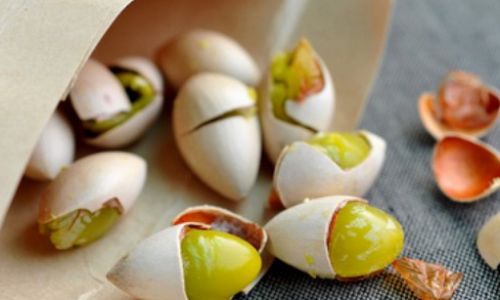
- Equipment: Invest in a vacuum sealer with moisture-resistant bags.
- Process: Portion nuts into bags, seal, and store in the freezer or refrigerator.
- Shelf Life: Up to 12 months in the freezer, 2–3 weeks refrigerated.
Canning: Traditional Heat Preservation
Canning cooked ginkgo nuts requires pressure canning due to their low acidity:
- Sterilization: Pack nuts into sterilized jars, leaving 1-inch headspace.
- Processing: Pressure can at 116°C (240°F) for 75 minutes (pints) or 90 minutes (quarts).
- Storage: Store sealed jars in a cool, dark place for up to 1 year.
Rehydration and Thawing Guidelines
Properly reviving preserved ginkgo nuts ensures optimal texture:
- Refrigerated Nuts: Use directly or warm gently in a skillet.
- Frozen Nuts: Thaw overnight in the refrigerator or at room temperature for 30 minutes. Reheat in a dry pan to restore crispness.
- Dried Nuts: Soak in warm water for 15–20 minutes before use.
Identifying Spoilage: When to Discard
Learn to recognize signs of spoilage to avoid health risks:
- Visual Cues: Mold, discoloration (dark spots), or shriveling.
- Odor: Rancid, sour, or fermented smells.
- Texture: Mushiness, excessive oiliness, or brittleness.
Creative Preservation: Flavored Variations
Enhance preservation with seasonings for added versatility:
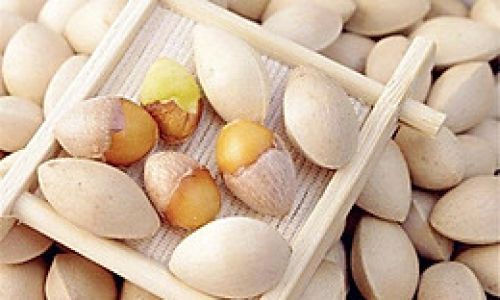
- Spiced Nuts: Toss with salt, pepper, cinnamon, or chili flakes before freezing.
- Sweet Glazes: Coat with honey or maple syrup before dehydrating.
- Herb-Infused Oils: Add rosemary, thyme, or garlic to oil-infused nuts.
Sustainability Tips: Reducing Waste
Minimize environmental impact with eco-friendly practices:
- Reusable Containers: Opt for glass jars over single-use plastics.
- Composting: Discard spoiled nuts in compost bins.
- Local Sourcing: Buy ginkgo nuts from sustainable growers to reduce carbon footprint.
Common Mistakes to Avoid
- Skipping Cooling: Trapping heat causes condensation and spoilage.
- Overcrowding Containers: Restricts airflow and promotes mold.
- Using Warm Nuts: Causes container breakage in the freezer.
- Ignoring Expiry Dates: Even preserved nuts degrade over time.
The Science Behind Preservation
Understanding the chemistry ensures better results:
- Enzyme Inactivation: Cooking denatures enzymes that cause spoilage.
- Cryoprotection: Freezing slows microbial metabolism without killing bacteria.
- Osmotic Dehydration: Oil infusion creates a barrier against oxygen.
Advanced Techniques for Culinary Enthusiasts
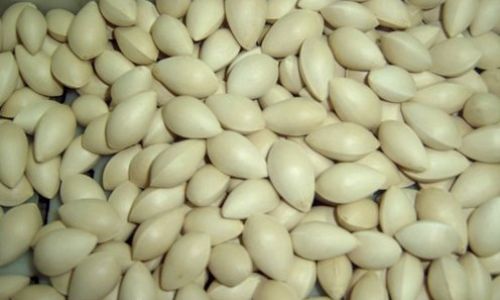
- Sous-Vide Preservation: Vacuum-seal with aromatic herbs and cook at 60°C (140°F) for 2 hours before freezing.
- Fermentation: Coat nuts in a salt brine and ferment for 24–48 hours before refrigerating.
- Powder Making: Dehydrate and grind into a versatile powder for sauces and dressings.
Conclusion
Preserving cooked ginkgo nuts is both an art and a science. By combining traditional wisdom with modern techniques, you can enjoy these delicate treats year-round while minimizing waste and maximizing flavor. Whether you opt for refrigeration, freezing, dehydration, or advanced methods like vacuum sealing, consistency in preparation and attention to detail are key. Experiment with flavors, track your results, and adapt these guidelines to suit your culinary needs. With proper care, your cooked ginkgo nuts will remain a delightful addition to your kitchen, bridging the gap between ancient tradition and contemporary convenience.
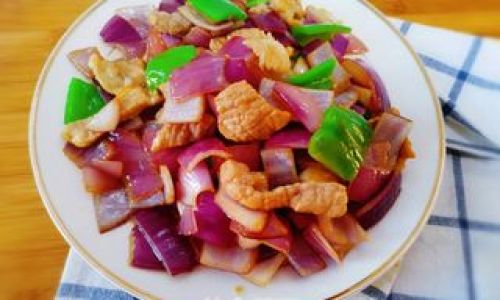
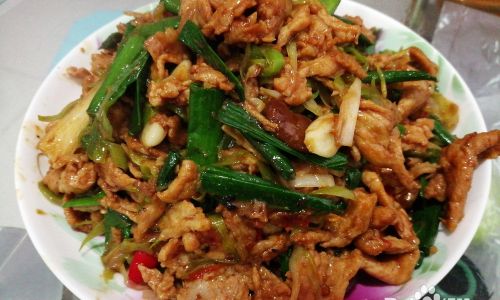
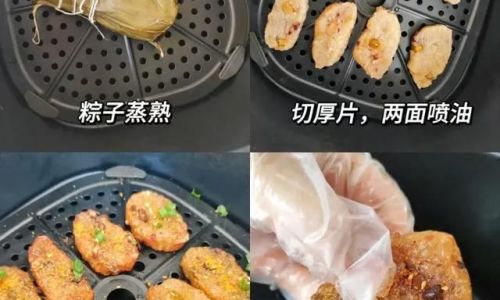
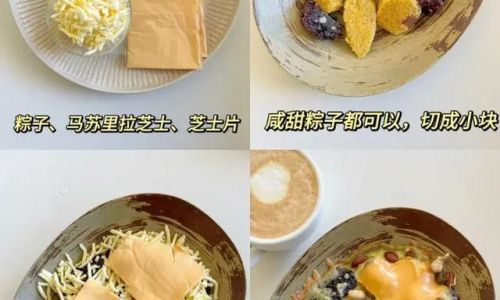
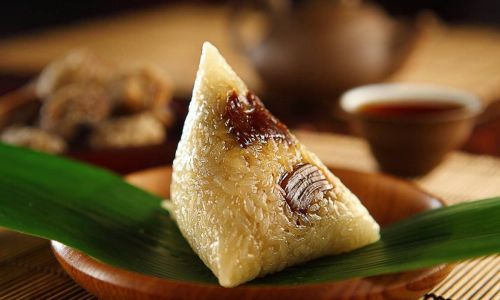
0 comments